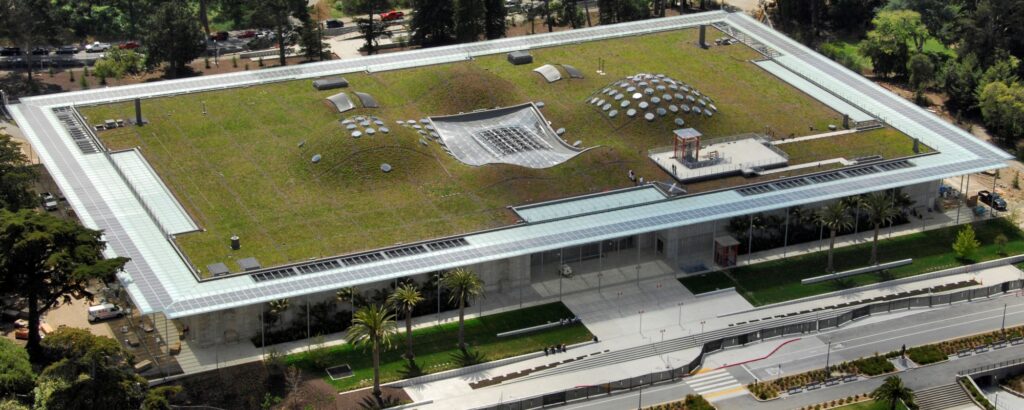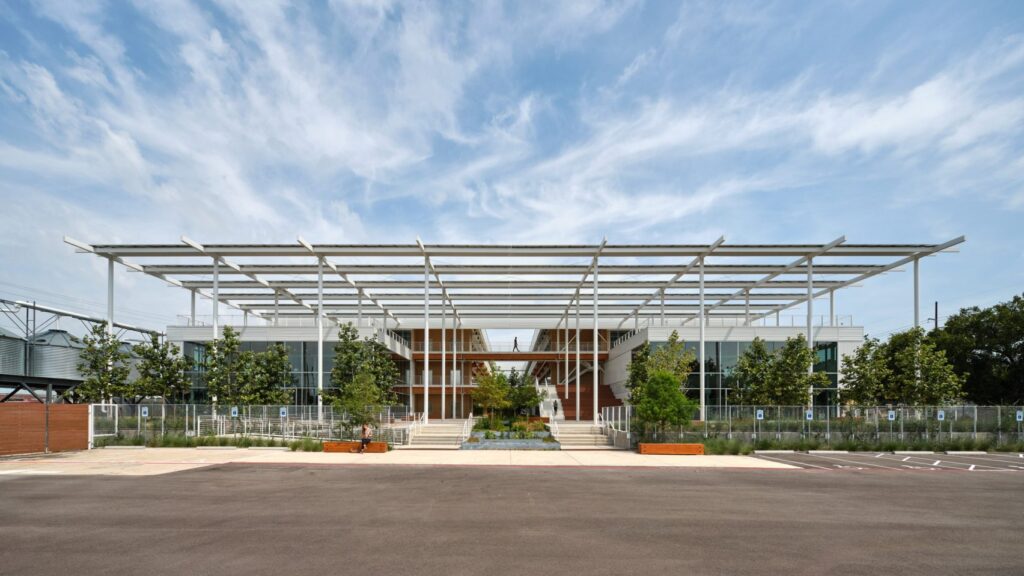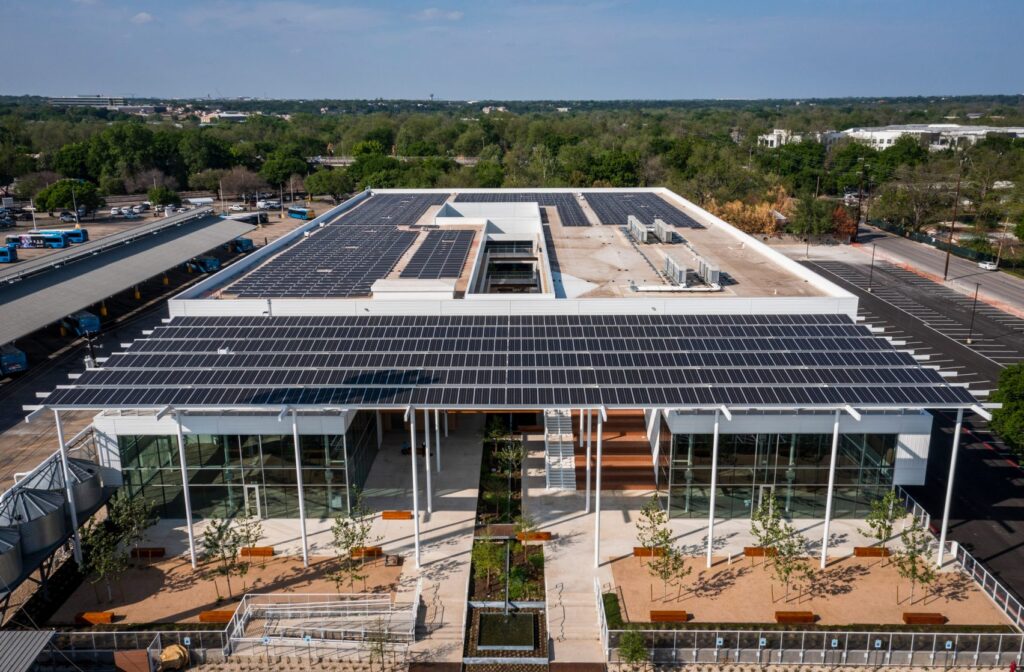Designing Resilient Buildings in Austin, TX

Designing Resilient Buildings: Strategies for Withstanding Future Changes
As climate change continues to reshape our world, the need for resilient buildings has never been more critical. Cities like Austin, TX, are experiencing the impact of extreme weather patterns, from intense heatwaves to severe storms, underscoring the necessity for architects and developers to prioritize designs that can withstand these challenges.

Image Source: https://www.rpbw.com/project/california-academy-of-sciences
Designed by Renzo Piano Workshop
California Academy of Sciences
GREEN ROOF
In response to these environmental shifts, sustainable building practices are gaining traction. Incorporating green roofs into building designs has become increasingly common in Austin and other urban centers. Green roofs not only enhance the aesthetic appeal of buildings but also serve crucial functional roles in enhancing resilience. They effectively mitigate the urban heat island effect by replacing traditional roofing materials with vegetation. This transformation reduces solar heat absorption and radiation, cooling both the building and the surrounding atmosphere. By alleviating the strain on air conditioning systems during peak summer months, green roofs contribute to significant energy savings and lower operational costs.
Moreover, green roofs act as a thermal mass and provide thermal lag, which helps regulate indoor temperatures. They absorb heat during the day and release it slowly at night, stabilizing temperature fluctuations inside the building. This thermal stability not only improves occupant comfort but also reduces the need for mechanical heating and cooling, further enhancing energy efficiency and sustainability.
For Austin’s climate, where hot summers can strain buildings and infrastructure, green roofs offer a sustainable solution to combat rising temperatures and contribute to overall environmental sustainability. By integrating these green spaces into urban landscapes, architects can create more resilient buildings that adapt to and mitigate the effects of climate change. This approach ensures a more sustainable and livable future for cities like Austin, where the combination of innovative design and environmental consciousness is key to building resilience in the face of a changing climate.
HVAC
In addition to green roofs, energy-efficient HVAC systems play a crucial role in sustainable building design for Austin’s climate. A Variable Refrigerant Flow (VRF) HVAC system, for example, is highly effective in maintaining comfortable temperatures while minimizing energy waste. Unlike traditional systems that cool air only to heat it up again for different building zones, VRF systems provide precise temperature control by adjusting refrigerant flow to match specific needs across different areas of the building. This energy-efficient approach not only reduces operational costs over the building’s lifecycle but also enhances durability and requires less maintenance compared to conventional HVAC systems. Its modular design allows for easy expansion or reconfiguration, making it ideal for buildings anticipating future changes or expansions.


Image Sources: https://www.dezeen.com/2022/06/13/gensler-fifth-tillery-solar-panel-canopy-austin/
Designed by Gensler
Fifth + Tillery office in Austin, Texas
PHOTOVOLTAICS
Furthermore, strategic placement of photovoltaic (PV) systems on the south-facing sides of buildings in Austin maximizes solar energy capture throughout the day. Solar panels harness abundant sunshine to generate electricity, significantly reducing reliance on the grid and lowering utility bills. When paired with battery backup solutions, PV systems ensure energy independence and continuity during power outages, enhancing building resilience and tenant safety. Financial incentives such as federal and state tax credits, along with local rebates, further offset initial installation costs and contribute to long-term cost savings and increased property value.
Ultimately, resilient building design in Austin and similar cities involves creating adaptable, sustainable, and technologically advanced spaces that can thrive amid environmental changes. By integrating green roofs, energy-efficient HVAC systems, and photovoltaic technologies, architects and developers can enhance building resilience while promoting environmental stewardship and economic efficiency. Sustainable design isn’t just a trend; it’s a strategic investment in the future of urban development, ensuring cities like Austin are prepared to meet the challenges of a changing climate head-on.